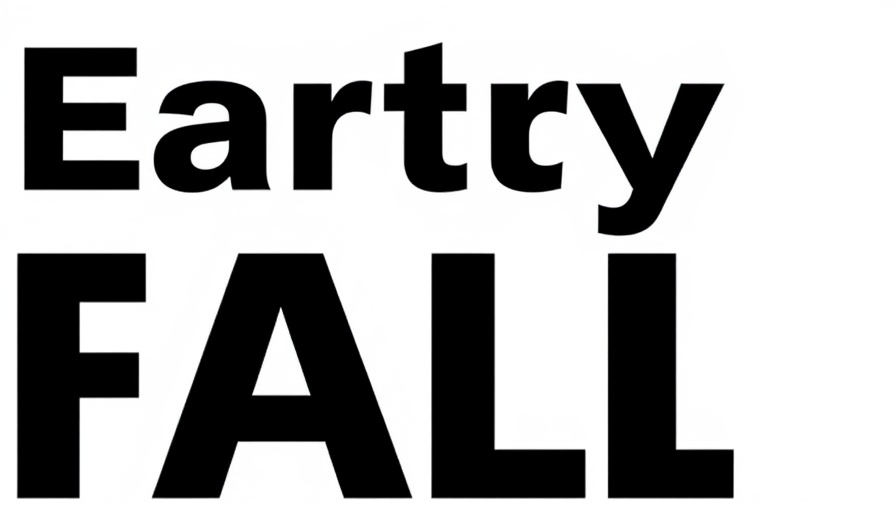
Understanding Cervicogenic Headache: A Growing Concern
Cervicogenic headache (CgH) is a type of headache resulting from issues in the cervical spine and accounts for a significant percentage of all headaches, with prevalence rates between 15 to 20% among chronic headache sufferers. These headaches can drastically reduce a patient’s quality of life, contributing to decreased productivity and high societal costs. Awareness of CgH and effective treatments is crucial for health professionals, especially chiropractors who routinely deal with spinal issues.
Comparing Treatment Options: Cervical vs. Thoracic Manipulation
A recent randomized controlled trial from Saudi Arabia aimed to compare the efficacy of cervical spinal manipulation (CSM) against thoracic spinal manipulation (TSM) and conventional physiotherapy (CPT) for treating CgH. The study included 96 patients, who were divided into three groups, receiving treatment over four weeks. Results revealed that CSM resulted in significant improvements in headache frequency, pain intensity, and overall quality of life compared to TSM and CPT.
Key Findings That Matter for Chiropractors
The improvement metrics highlighted in the study show a clear edge for cervical manipulation. Patients receiving CSM showed the most significant enhancements after four weeks, outperforming both thoracic manipulation and conventional physiotherapy across multiple pain indicators. For chiropractors, this reinforces the importance of cervical adjustments in managing cervicogenic headaches effectively.
Implications for Patient Care
Understanding the comparative effectiveness of these manipulative therapies is vital for chiropractors tasked with treating headache disorders. As CgH affects a large segment of the population, enhancing treatment strategies can lead to better outcomes for patients, potentially shifting therapeutic approaches in practice.
Moving Forward: Why Research Matters
Staying informed on studies like this is essential for chiropractic professionals seeking to provide the best care for their patients. The insights gained from such research not only contribute to a chiropractor’s knowledge but also empower them to make evidence-based treatment decisions. Elevating patient care through continual learning is key to combating prevalent conditions like CgH.
By focusing on effective treatment plans backed by research, chiropractors can significantly improve outcomes for their patients struggling with cervicogenic headaches. Embracing innovative practices derived from rigorous studies ensures a higher standard of care in the chiropractic profession.
 Add Row
Add Row  Add
Add 




 Add Row
Add Row  Add
Add 

Write A Comment